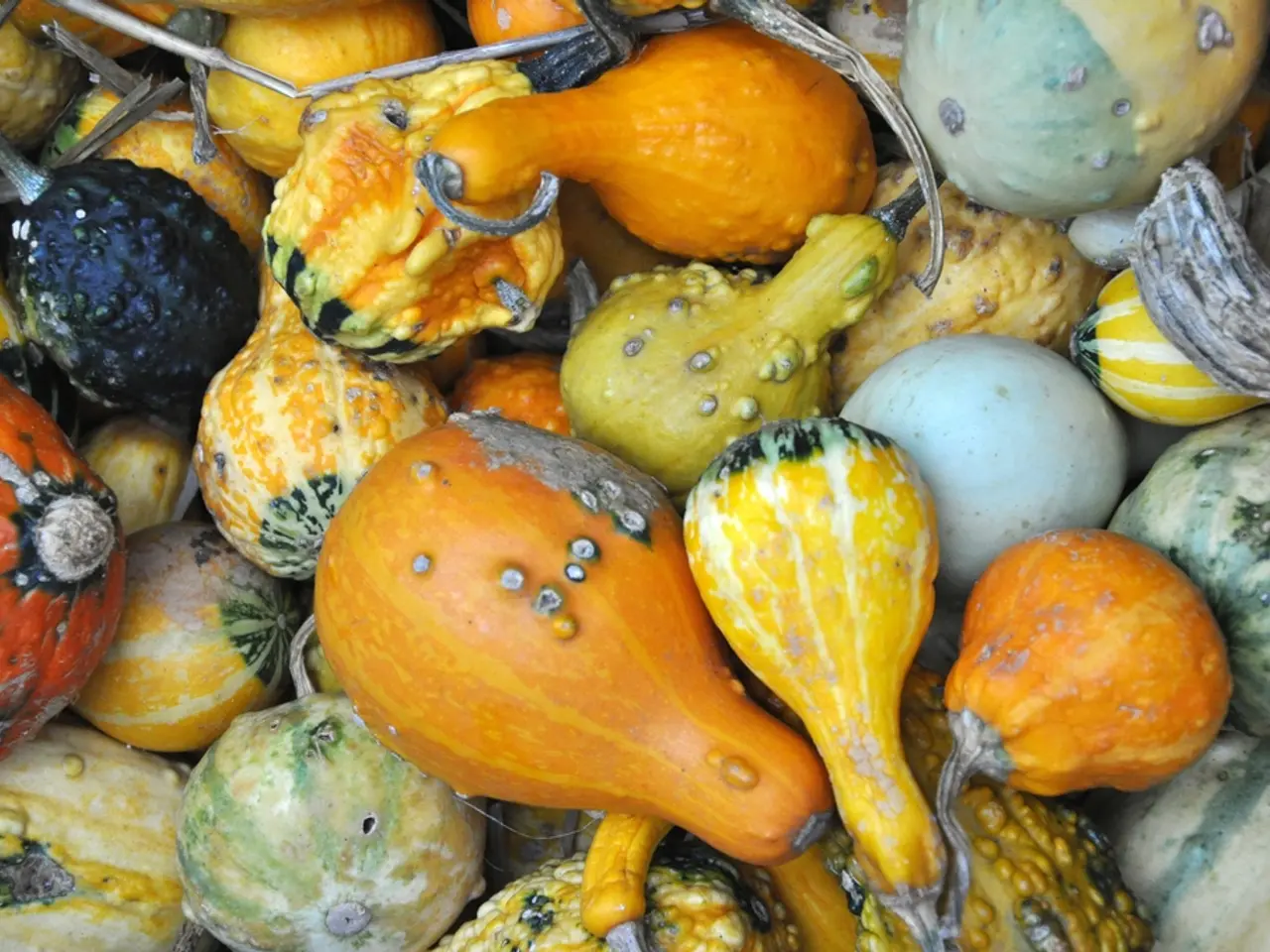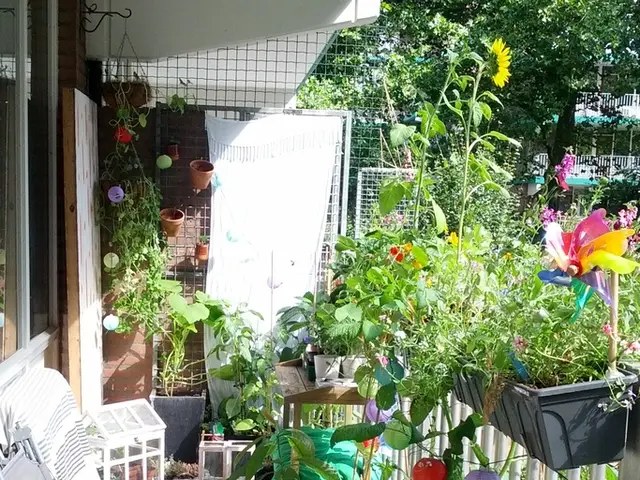Cultivating an Old-Fashioned Vegetable Garden: A Step-by-Step Guide
If you've never tasted heirloom vegetables fresh from the garden, my friend, you've been missing out! But let's be real, if you're new to the whole gardening scene, you might not even know what the heck an heirloom vegetable is, nor why the heck you should be growing one!
Truth be told, I didn't have a clue either back when I started my green thumb journey. I mean, I may have heard about heirloom tomatoes at an upscale restaurant, but I just figured it was a posh term chefs used to charge extra for a measly salad. But boy, was I wrong!
Fast forward a few years, and I've become a heirloom vegetable enthusiast, especially those old-world European ones that just sound so darn romantic! Paris Market carrots, French Breakfast radishes, Borettana storage onions, and Di Cicco broccoli? I'm swooning already! And not only do they sound fascinating, but they also taste a heck of a lot better than your average store-bought veggies.
Heirloom vegetables are cultivars that have been grown, selected, and replanted for many years, tracing their lineage back to a specific time and place in history[1]. Although there's no set number of years or generations for defining an heirloom, they're typically strains that have been selected and grown for at least 50 years[1]. Think Manitoba slicing tomatoes or Golden Bantam corn, which have been in circulation for a while now, or even older varieties like the French and Italian heirlooms that have been around for centuries!
The beauty of heirloom vegetables doesn't stop at their history; it's also the variety you get to grow and enjoy. From Pink Brandywine tomatoes and Cinderella pumpkins to Glass Bead corn, you'll never find these unique and flavorful vegetables at your local grocery store – unless you happen to stumble upon a farmers' market that carries such treasures.
Now, let's talk about planting heirloom seeds. When it comes to choosing heirloom seeds, look for the words "heirloom" or the abbreviation "OP" (open-pollinated) on the seed packet. These are purebred plants that you can save seeds from, passing down the same traits from generation to generation[1]. If, on the other hand, the seed packet says "F1," then it's a hybrid seed, which means you won't be able to save seeds as they revert to one of the parent plants.
As you dive into heirloom vegetable gardening, experiment with different varieties. There's something incredibly rewarding about growing and enjoying vegetables that have been passed down through generations, and the possibilities are endless! From unique flavors to stunning appearances, heirloom vegetables are a tasty and visually appealing addition to any home garden.
References:[1] Plant Museum, University of Cambridge. The Evolution of Cultivated Plants. https://www.plantmuseum.cam.ac.uk/discover/history-of-plants/cultivated-plants/[2] Saving Our Seeds. The Heirloom Seed Project. https://www.heritageseedlibrary.org/top-10-heirloom-vegetables-to-grow/[3] National Garden Bureau. History of Heirloom Vegetables. https://www.nga.org/library/Heirloom-Vegetables[4] Organic Authority. Top 10 Heirloom Vegetables to Plant in Your Garden. https://www.organicauthority.com/eco-friendly-homesteading/heirloom-vegetables-plant-in-garden/[5] Garden Myths. Heirloom Vs. Hybrid Seeds For Home Gardens: Which are Best? https://www.gardenmyths.com/garden-myths/heirloom-vs-hybrid-seeds-for-home-gardens /[6] Mother Earth News. Heirloom Vegetable Seeds: An Introduction. https://www.motherearthnews.com/organic-gardening/heirloom-vegetable-seeds-zmaz95zlen/
Multiplying your home-and-garden portfolio by adding heirloom vegetables can bring a touch of romance to your lifestyle, with their old-world European varieties and unique flavors. In the home-and-garden world, heirloom vegetables are cultivars that have been grown for many decades, leaving a trail of history that adds an exciting dimension to gardening.






